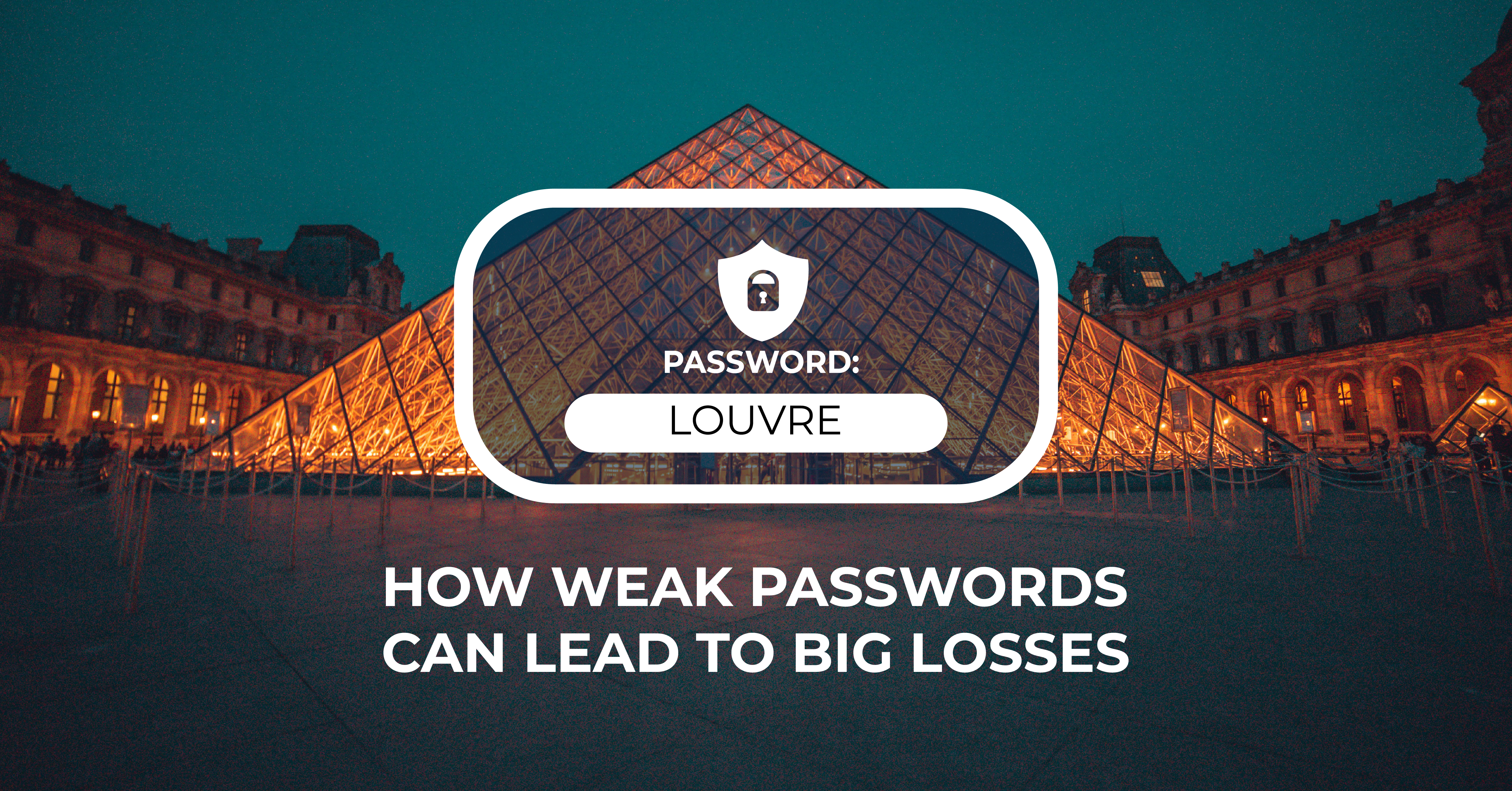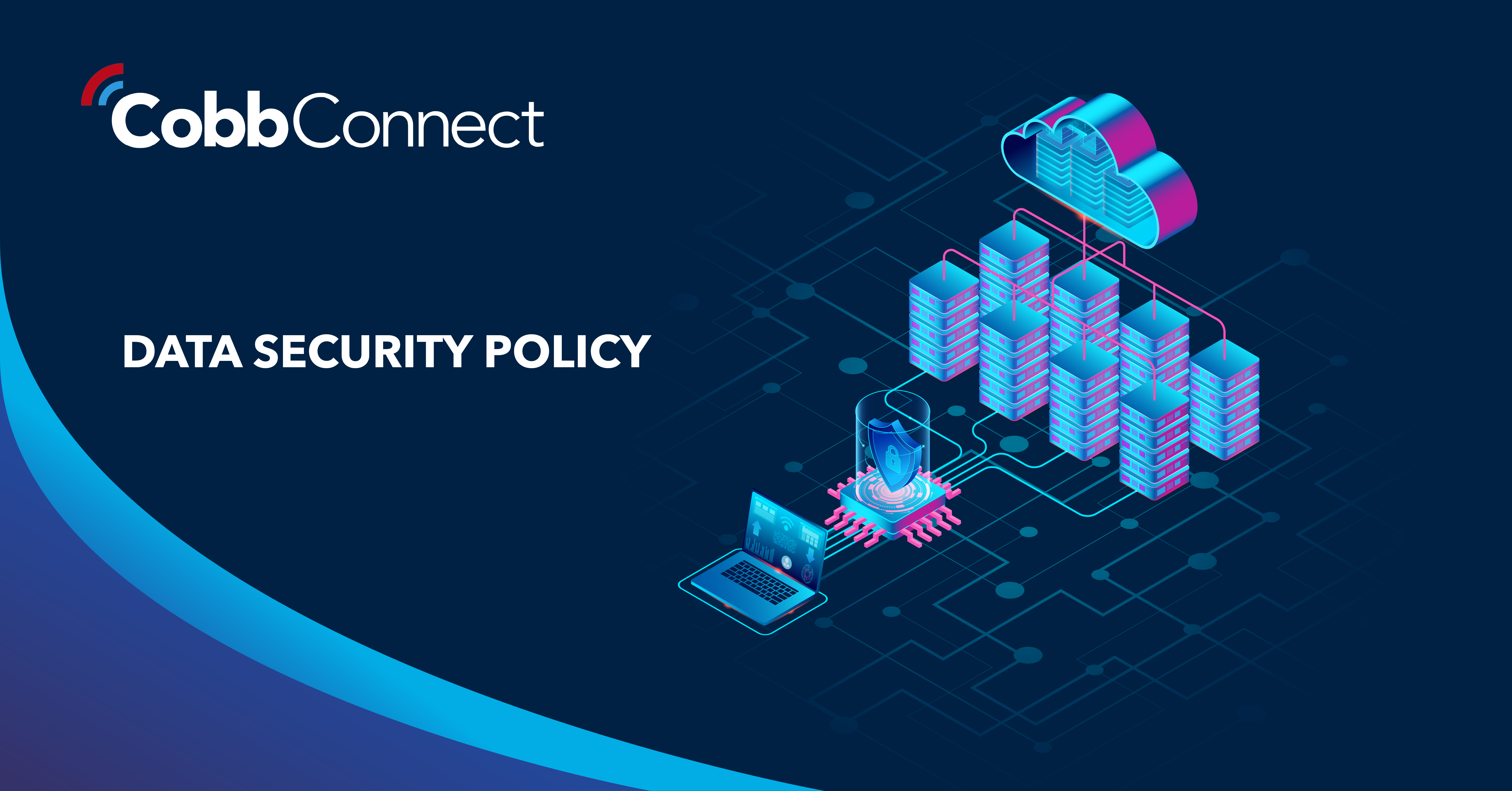2 min read
We “LOUVRE” Strong Passwords: How a Weak Password Can Lead to Big Losses
The Louvre’s password became the punchline of a global story after a heist revealed major security concerns for the museum. Reports say the password...

This blog was updated on January 26th, 2021.
Did you know there are straightforward, easily-adoptable, and relatively inexpensive options available on the market to reduce the time you spend sifting through case files, drafting emails, and double-checking paperwork?
It’s a phrase that you may be wary of: document automation. And while the idea of changing your daily operations and tasks may seem like a significant undertaking in both time and resources, for the law offices that do make the move towards automating their processes, it can create a more efficient, streamlined, and cost effective work environment for your entire office.
The problem most law offices face when confronting document automation is the process of implementation. There is very little time to stop the everyday work that is required of you — clients need to be consulted, deadlines must be met. And the implementation of an entire system that merges with your other systems is a tall order to manage.
Over the years, however, we have worked with quite a few law offices — from Real Estate to Civil, Personal Injury to in-house — and the law offices we have helped to adopt document automation software have found a consistent and profound increase in their ability to quickly and easily manage the never-ending stream of paperwork that flows through offices like yours every hour of every day.
Throughout this blog, you can expect to find:
You have probably found yourself repeatedly typing up the same responses to emails from clients. When time is as valuable of a resource as it is in your law firm, you should never waste it by typing the same thing twice. If you use Microsoft Outlook, you already have a free automation tool in regards to drafting email responses.
No, you don’t have to create an automated workflow — with Outlook’s tool, Quickparts, you can create a selection of auto-generated responses — and it only takes a few extra seconds to implement.
The next time you find yourself typing up a familiar response, highlight the text, and save it to Quickparts. When it comes time to use the same response again, you can access Quickparts, and auto-generate your desired message. Quickparts allows you to create as many of these auto-generated messages as you’d like, so use it to your advantage.
Document generation is a slog — and when clients are expecting more for less, it can be a real drain on your productivity. You do, however, have the ability to reduce your time spent drafting up documents such as intake forms, contracts, estate planning documents, letters to opposing counsels, and a whole lot more.
This document drafting process can be automated via the creation of forms. Using programs such as MyCase, DraftOnce, Pathagoras, or DocMoto, you can create forms that allow you to quickly fill in information via form fields, rather than creating an entirely new document each time.
Not only does this save you money, it helps ensure your documents are accurate, and you will never accidentally leave-in a previous client’s information; if you’re currently using the system of opening past documents and replacing information in order to speed up the process, there’s always the risk of doing so.
While working from an existing document does save time, it doesn’t save as much as a form document, and also allows for too many slip ups — and when client confidentiality is on the line, spending extra time to make sure all previous client data has been replaced is just another worry you won’t have to bother with after automation.
While the previous two suggestions are quick fixes, enhancing your MFPs with scanning automation technology is a surefire way to save both time and money. Platforms such as uniFLOW or PaperCut are capable of reducing a significant amount of time spent on repetitive tasks in your daily operations.
For example, when processing a document, you scan it, email it to yourself, go back to your computer, find the email, download it, rename the file, find the folder it belongs to, and then place the file in the corresponding folder. How many times do you do this a day? Twenty? Fifty? How many employees in your law firm are doing this per day?
Think of all the wasted employee hours spent simply moving files from one place to the next. With document scanning workflows, you’ll never waste time doing this again.
Even a simple document management integration can significantly reduce time spent on the administrative side of work — if your firm bills by number of pages, you can easily collect data on how many pages you’ve used per case, which can then be integrated with your accounting system, automating yet another time-consuming process.
The biggest barrier to document automation is lack of organization and consistency. In order to start the automation process, every employee must be on the same page. All documents that are used across your firm must be uniform in their execution before beginning automation — otherwise, your workflows will become muddied.
This barrier can often cause a slow or abandoned adoption of the document automation process — it is seen as more of a hassle to shore up hundreds of documents than it is to continue with the status quo. Your firm can mitigate this risk by ensuring the use of a platform or program that allows for simple methods of refining and updating templates and forms.
If you have questions about any of these automation examples we have highlighted above, reach out to us at managedservices@cobbtechnologies.com.
FLECKENSTEIN & ASSOCIATES: CENTRALIZING AND STREAMLINING A LAW FIRM'S DATA WITH M-FILES
Up until 2019, Fleckenstein & Associates, P.C. were a paper-based firm. Watch to learn how their transition to M-Files has helped them manage their data!
 WHY LEGAL OFFICES MUST MAKE MFP SECURITY A TOP PRIORITY
WHY LEGAL OFFICES MUST MAKE MFP SECURITY A TOP PRIORITY
In any enterprise system, security should always be of top priority – but when it comes to document and data management via MFPs for legal firms, security is of paramount importance.
 WHAT IS VOIP? 5 THINGS YOU NEED TO KNOW
WHAT IS VOIP? 5 THINGS YOU NEED TO KNOW
If you have access to the internet, then you have access to Voice over IP telephony. But what exactly is VoIP, and do you even need it?

2 min read
The Louvre’s password became the punchline of a global story after a heist revealed major security concerns for the museum. Reports say the password...

6 min read
Organizations of all sizes handle enormous volumes of data. Data is one of the most valuable assets of any organization.Unfortunately, it’s also a...

5 min read
In today’s digital-first workplace, your network is more than just a connection point; it’s the foundation of your operations. Whether your...